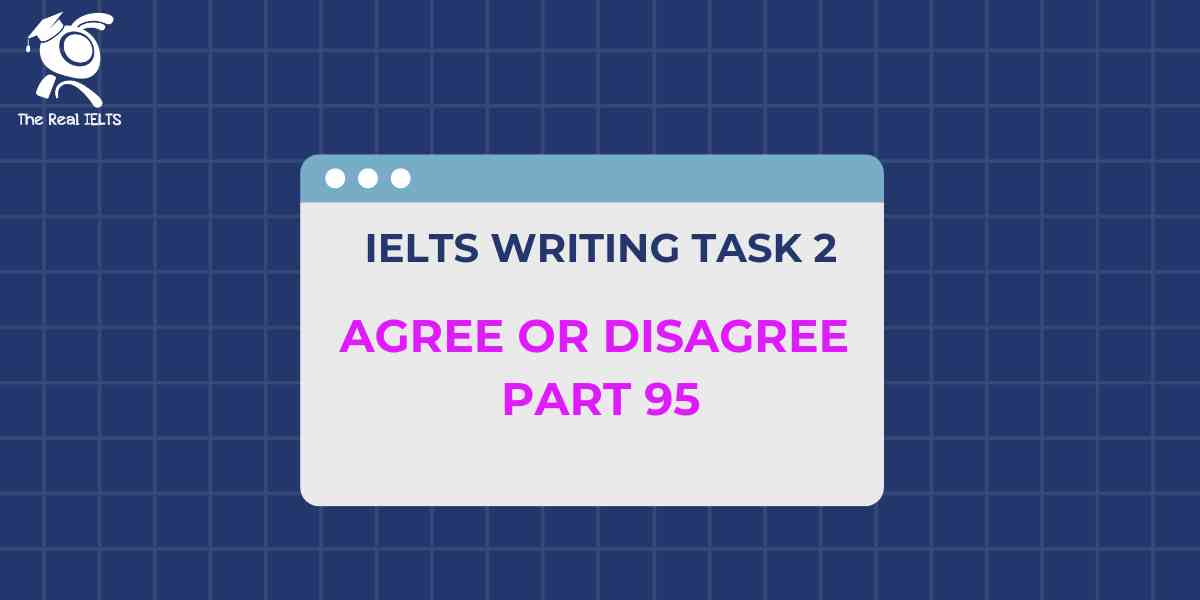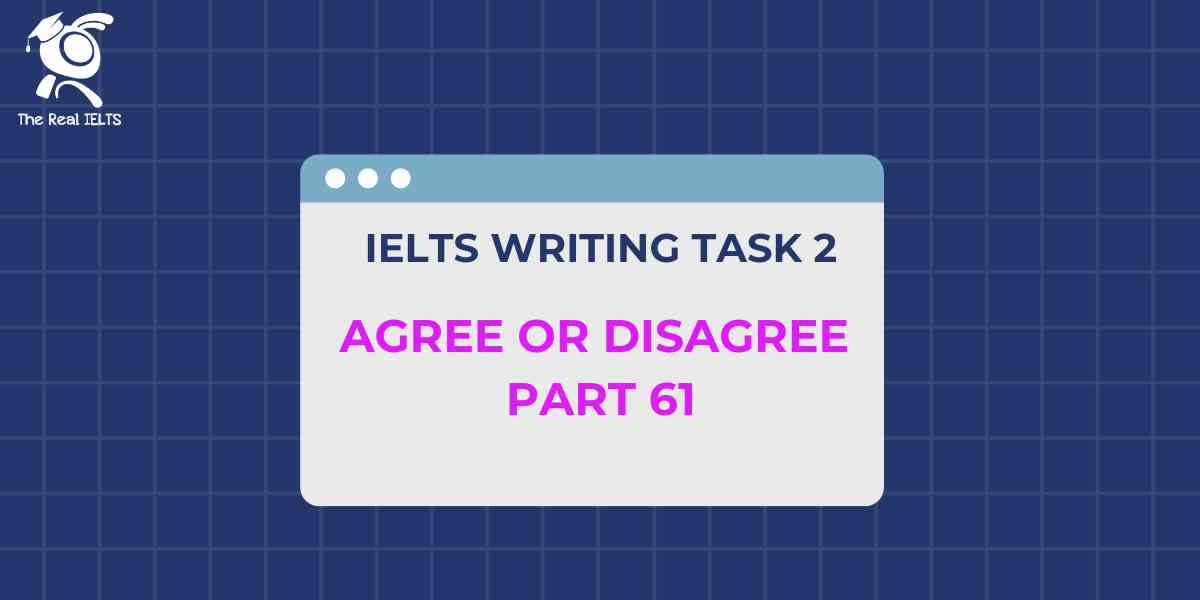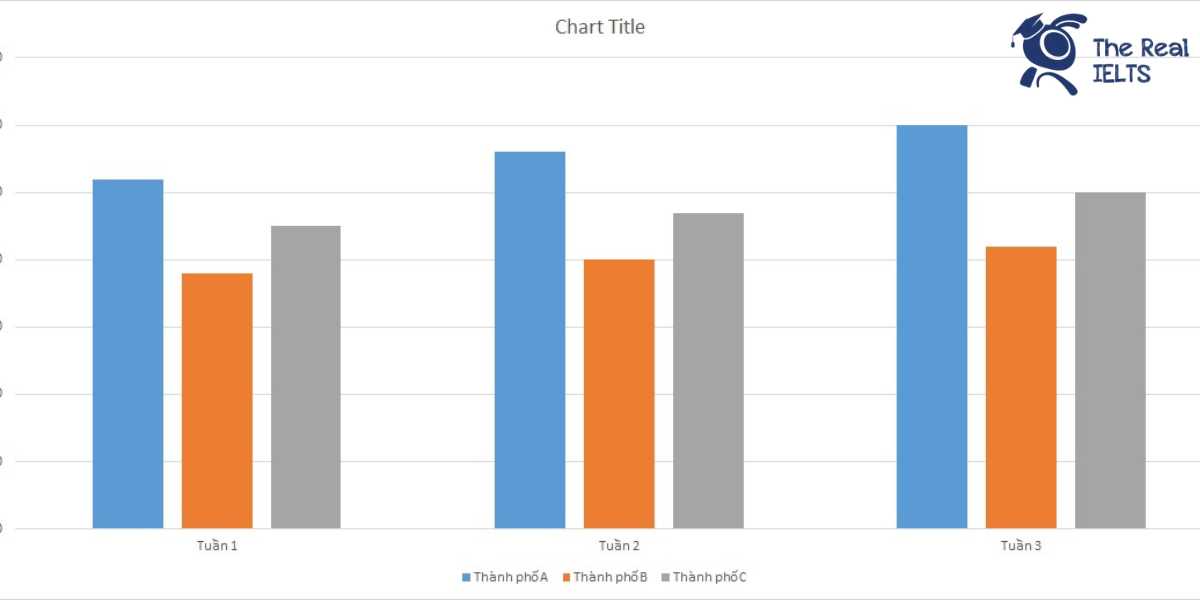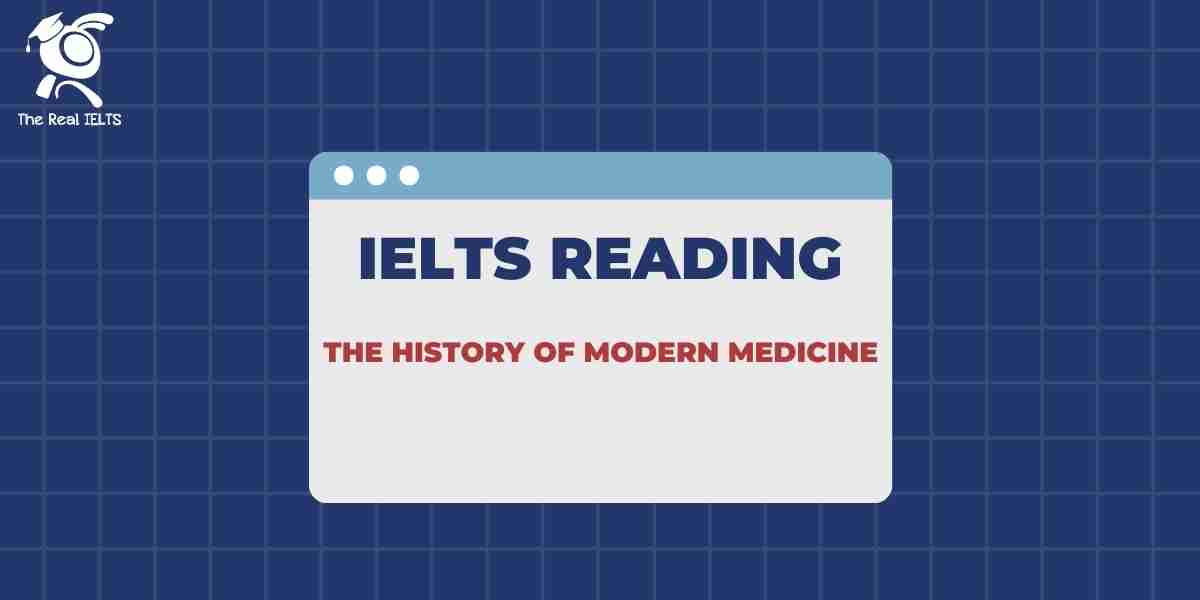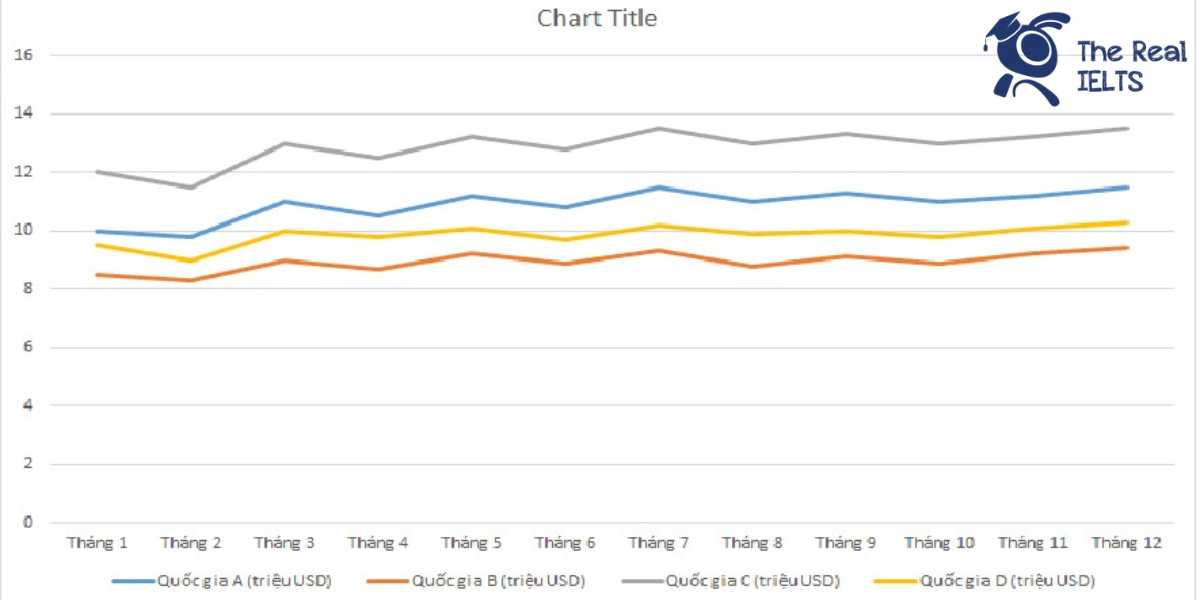Đề bài IELTS Writing Task 2 dạng Agree or Disagree Part 95
You should spend about 40 minutes on this task
The use of technology in the classroom enhances learning. To what extent do you agree or disagree?
Write at least 250 words.
Giải mẫu IELTS Writing
In recent years, the integration of technology in the classroom has become a significant topic of discussion. While some argue that it greatly enhances the learning experience, others believe it may lead to distractions and dependency. I believe that the use of technology in education has the potential to enhance learning significantly, but it also has limitations that must be carefully managed.
Firstly, technology provides students with access to a vast array of resources that were previously unavailable. For instance, online libraries, educational websites, and interactive simulations can deepen students’ understanding of complex concepts. Moreover, tools like video lectures and online courses offer flexible learning opportunities, allowing students to learn at their own pace and revisit challenging topics as needed. This accessibility is especially beneficial for students who may struggle with traditional teaching methods.
Additionally, technology fosters a more engaging and interactive classroom environment. Digital tools such as interactive whiteboards, educational apps, and gamified learning platforms can make lessons more dynamic and interesting. For example, students can participate in virtual labs, collaborate on projects through cloud-based platforms, and receive immediate feedback on quizzes. This not only enhances understanding but also keeps students motivated and involved in their learning process.
However, it is crucial to acknowledge the potential drawbacks of relying heavily on technology in education. One concern is that it can lead to distractions if not properly monitored. Students may be tempted to use devices for non-educational purposes, such as browsing social media or playing games, which can detract from their learning. Moreover, an over-reliance on technology may diminish essential skills like critical thinking and problem-solving, as students might depend too much on digital tools for answers.
Furthermore, the digital divide is a significant issue that can exacerbate educational inequalities. Not all students have equal access to technology, and those from disadvantaged backgrounds may struggle to keep up with their peers. This disparity can hinder the overall effectiveness of technology-enhanced learning and widen the achievement gap.
In conclusion, while technology can greatly enhance learning by providing access to diverse resources and creating engaging educational experiences, it also presents challenges that must be addressed. I believe that technology should be integrated thoughtfully into the classroom, with careful consideration of its potential drawbacks. By doing so, educators can maximize its benefits while minimizing its risks, ultimately supporting a more effective and equitable learning environment.
Cấu trúc ngữ pháp và cấu trúc câu
Cấu trúc câu và ngữ pháp:
- Câu phức (Complex Sentence):
- “While some argue that it greatly enhances the learning experience, others believe it may lead to distractions and dependency.”
- “Firstly, technology provides students with access to a vast array of resources that were previously unavailable.”
- “This accessibility is especially beneficial for students who may struggle with traditional teaching methods.”
- Câu ghép (Compound Sentence):
- “In recent years, the integration of technology in the classroom has become a significant topic of discussion, and it has sparked diverse opinions.”
- “For example, students can participate in virtual labs, collaborate on projects through cloud-based platforms, and receive immediate feedback on quizzes.”
- Câu ghép-phức (Compound-Complex Sentence):
- “Moreover, tools like video lectures and online courses offer flexible learning opportunities, allowing students to learn at their own pace and revisit challenging topics as needed.”
- “Not all students have equal access to technology, and those from disadvantaged backgrounds may struggle to keep up with their peers.”
- Câu điều kiện (Conditional Sentence):
- “One concern is that it can lead to distractions if not properly monitored.”
- Câu chủ động và bị động (Active and Passive Voice):
- Chủ động: “Technology fosters a more engaging and interactive classroom environment.”
- Bị động: “Not all students have equal access to technology.”
Từ kết nối các câu và các đoạn (Linking Words and Phrases):
- Mở đầu đoạn:
- “Firstly” – Mở đầu ý đầu tiên.
- “Additionally” – Bổ sung thông tin.
- “However” – Đối lập hoặc chuyển sang một quan điểm khác.
- “Furthermore” – Thêm vào đó, bổ sung ý kiến.
- Liên kết câu trong đoạn:
- “While” – Đối lập, so sánh hai quan điểm.
- “Moreover” – Thêm vào, bổ sung thông tin.
- “For example” – Đưa ra ví dụ minh họa.
- “Not only… but also” – Nhấn mạnh và mở rộng.
- “As” – Giải thích nguyên nhân.
- “By doing so” – Nêu kết quả hoặc tác động của một hành động.
Các từ vựng tiếng Anh cần lưu ý trong bài viết
- Integration – Sự tích hợp
- Enhance – Tăng cường, cải thiện
- Learning experience – Trải nghiệm học tập
- Resources – Tài nguyên
- Educational websites – Các trang web giáo dục
- Interactive simulations – Các mô phỏng tương tác
- Flexible learning opportunities – Cơ hội học tập linh hoạt
- Traditional teaching methods – Phương pháp giảng dạy truyền thống
- Interactive classroom environment – Môi trường lớp học tương tác
- Digital tools – Công cụ kỹ thuật số
- Gamified learning platforms – Nền tảng học tập được gam hóa
- Virtual labs – Phòng thí nghiệm ảo
- Immediate feedback – Phản hồi ngay lập tức
- Distractions – Sự xao lãng
- Digital divide – Khoảng cách số
- Educational inequalities – Bất bình đẳng giáo dục
- Disadvantaged backgrounds – Hoàn cảnh khó khăn
- Achievement gap – Khoảng cách thành tích
- Thoughtfully – Cẩn thận, chu đáo
- Maximize – Tối đa hóa
- Drawbacks – Hạn chế, nhược điểm
- Critical thinking – Tư duy phản biện
- Problem-solving – Giải quyết vấn đề
- Equitable – Công bằng
Đọc thêm các bài Luyện Thi IELTS khác trong link nhé.


